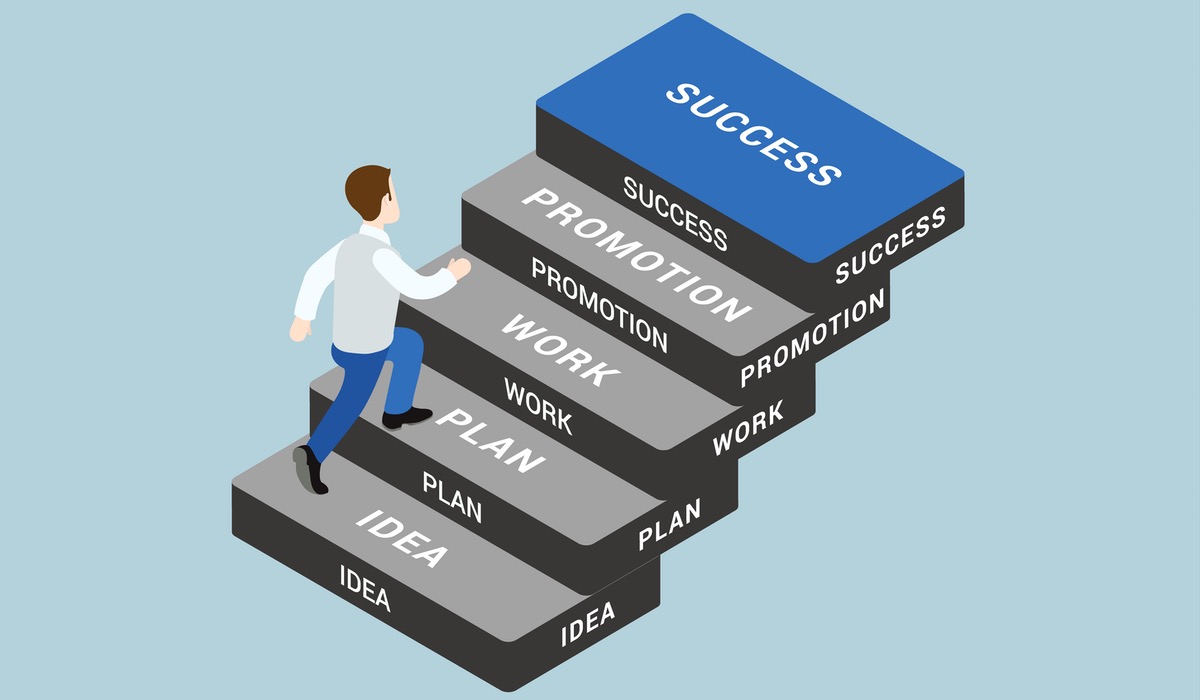Are you feeling stuck in your current career? Do you want to change but don’t know where to start? If you’re in your 30s, 40s, or 50s, you may think it’s too late to switch careers, but that’s not true. Many people successfully change careers at any age, and you can, too.
Changing careers can offer many benefits, such as new challenges, an improved outlook, increased motivation, and better work-life balance. You may also find a career that’s more aligned with your interests, talents, and long-term goals.
However, changing careers comes with challenges like financial risks, learning curves, and uncertainty. You need a clear plan and strategy to overcome these obstacles and smoothly transition.
This article will show you how to restart your career at 30, 40, or 50 with a step-by-step guide.
Table of Contents
Step 1: Perform a Self-assessment
The first step to changing careers is understanding yourself and what you want from your new career. You need to identify your strengths, skills, values, interests, and personality traits. You must also evaluate your current career and what you like and dislike about it.
You can use various tools and methods to perform a self-assessment, such as:
- Taking online career tests or quizzes
- Taking online personality tests or assessments
- Reviewing your past achievements and feedback
- Seeking advice from mentors, coaches, or counselors
- Make a list of your skills, hobbies, and passions
This step aims to narrow down your career options and find the ones that match your profile and preferences.
Step 2: Determine the Career You Want to Pursue
The next step is to research and explore the careers that interest you. You must learn more about each career’s nature, requirements, outlook, and prospects. You must also compare them with your current career and see how they differ.
You can use various sources and strategies to research careers, such as:
- Reading online articles or blogs
- Watching online videos or podcasts
- Browsing online job boards or websites
- Talking to people who work in the fields you’re interested in
- Conducting informational interviews or shadowing
- Attending career fairs or events
This step aims to choose one or a few careers that appeal to you and suit your needs and goals.
Step 3: Identify the Requirements of the New Career
The third step is discovering what you must do to enter and succeed in the new career. You must identify the skills, qualifications, certifications, and experience required or preferred for the new career. You also need to assess your current level of readiness and see what gaps you need to fill.
You can use various resources and methods to identify the requirements of the new career, such as:
- Reading online job descriptions or postings
- Reviewing online career guides or profiles
- Consulting online education or training providers
- Asking questions during informational interviews or shadowing
- Seeking feedback from professionals or experts
This step aims to create a list of action items you must complete to prepare for the new career.
Step 4: Rebrand Your Professional Image
The fourth step is to update and enhance your professional image to reflect your new career direction. You must showcase your skills, achievements, and potential for the new career. You also need to network and connect with people who can help you with your career change.
You can use various tools and platforms to rebrand your professional image, such as:
If you find article useful, don't miss out on the valuable insights and information available in our other related posts:
- Updating your resume and cover letter
- Creating or updating your online portfolio or website
- Creating or updating your LinkedIn profile or other social media accounts
- Joining or participating in online groups or communities
- Reaching out to existing or new contacts
This step aims to build a strong personal brand that attracts employers and opportunities for a new career.
Step 5: Create a Career Plan
The fifth step is to create a realistic and achievable career plan that outlines your goals, strategies, and timeline for changing careers. You need to set SMART (specific, measurable, achievable, relevant, and time-bound) goals that guide your actions and decisions. You also need to devise strategies that help you overcome challenges and leverage opportunities.
You can use various formats and templates to create a career plan, such as:
- Writing down your goals and strategies on paper or digital document
- Using online tools or apps that help you track your progress
- Creating a visual representation of your plan using charts or diagrams
- Breaking down your plan into smaller tasks or milestones
This step aims to have a clear, structured plan that motivates and keeps you on track.
Step 6: Create Powerful Resumes
The sixth step is creating powerful resumes highlighting your skills, achievements, and potential for the new career. You must tailor your resume to each job or employer you apply to. You must also use keywords and phrases that match the job requirements and industry standards.
You can use various tips and techniques to create powerful resumes, such as:
- Using a resume format that suits your career change situation, such as a functional, hybrid, or combination resume
- Emphasizing your transferable skills that are relevant to the new career, such as communication, problem-solving, or teamwork skills
- Providing examples or evidence of your accomplishments and impact in your previous or current roles
- Using action verbs and quantifiable metrics to describe your experience and results
- Proofreading and editing your resumes for errors and clarity
This step aims to have resumes that showcase your value and fit for the new career.
Step 7: Be Patient and Positive
The final step is to be patient and positive throughout your career change journey. You need to understand that changing careers takes time and effort, and you may face some challenges or setbacks. You must also maintain a positive attitude and mindset that helps you cope with stress and uncertainty.
You can use various strategies and practices to be patient and positive, such as:
- Celebrating your achievements and progress, no matter how small
- Seeking support and encouragement from your family, friends, or mentors
- Learning from your mistakes and failures and taking them as opportunities for improvement
- Practicing gratitude and optimism and focusing on the positive aspects of your situation
- Taking care of your physical and mental health and finding ways to relax and recharge
This step aims to have a resilient and optimistic outlook that helps you achieve your career change goals.
The Bottom Line
Changing careers at 30, 40 & 50 is not impossible. With the right plan, strategy, and attitude, you can successfully transition to a new career that fulfills you. Follow these steps to restart your career at any age:
- Perform a self-assessment
- Determine the career you want to pursue
- Identify the requirements of the new career
- Rebrand your professional image
- Create a career plan
- Create powerful resumes
- Be patient and positive
We hope this article has inspired you to take action and pursue your dream career. Good luck with your career change!





